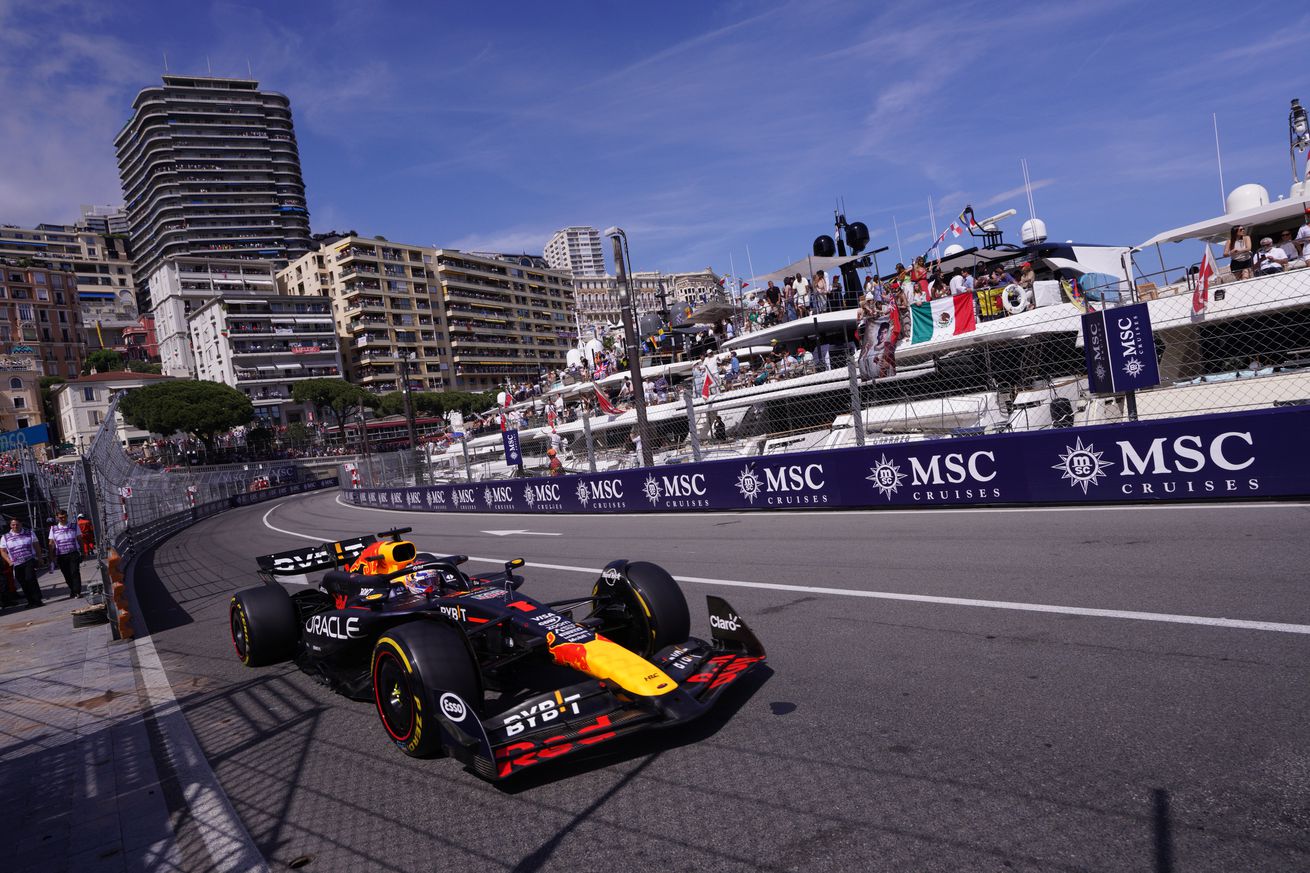
Photo by Alessio Morgese/NurPhoto via Getty Images
A new era of F1 is approaching
This weekend sees the grid in Montreal for the 2024 Formula 1 Canadian Grand Prix.
But before the power units roar to life at Circuit Gilles Villeneuve, the sport is already thinking about the 2026 season.
That is when F1 will usher in a new set of regulations, and the sport’s governing body released them on Thursday, during media day at the Canadian Grand Prix. The highly-anticipated regulations arrive with substantial fanfare, as power unit suppliers have been hard at work preparing for the new era of F1.
Those suppliers include existing teams such as Mercedes, Ferrari, and Renault (Alpine). However, Audi has committed to F1 for 2026, Honda has decided to re-enter the sport in a partnership with Aston Martin (having technically quit at the end of 2021), and Ford has partnered with the Red Bull to create the first ever Red Bull F1 engine.
Among the new regulations these teams will need to tackle? A new power unit with a 50/50 split between electrical power and an internal combustion engine. This includes the removal of the MGU-H component, which converts wasted heat to electrical energy. With this component being removed, the MGU-K — which is attached to the crankshaft and converts kinetic energy into electrical energy — will see an increase in its potential power output.
Another new regulation the teams need to address? Active aerodynamics. Current F1 cars have a drag reduction system — DRS for short — which can open a flap in the rear wing on designated areas of a track, to reduce downforce and aid in overtaking.
This will be tweaked in the new regulations. According to the released regulations, “[t]he 2026 cars will also benefit from all-new Active Aerodynamics systems. The system, involving movable front and rear wings, will result in greater cornering speeds with standard Z-Mode deployed. On straights drivers will be able to switch to X-Mode a low-drag configuration designed to maximise straight-line speed.”
The new regulations also include a “Manual Override mode,” that will “improve overtaking opportunities.”
Other elements that will be addressed in these regulations concern the size of the cars, an increase in sustainable parts, improved safety systems, and improved racing. It is also important to note that this is merely the first published version of the regulations, and it is likely there will be changes in the weeks and months to come.
You can review the upcoming F1 regulations here.
FIA Single Seater Technical Director Nikolas Tombazis had this to say about the new regulations:
“With this set of regulations the FIA has sought to develop a new generation of cars that are fully in touch with the DNA of Formula 1 – cars that are light, supremely fast and agile but which also remains at the cutting edge of technology, and to achieve this we worked towards what we called a ‘nimble car’ concept. At the centre of that vision is a redesigned power unit that features a more even split between the power derived from the internal combustion element and electrical power.
“On the chassis side we have managed to reduce the size and weight of the car by 30kg resulting in a much more dynamic car. In addition we are introducing two exciting new features to enhance racing – active aerodynamics to achieve very low drag on the straights and the Manual Override system that will provide drivers with an on-demand burst of battery power when close enough to the car ahead of them.
“Lighter, more powerful and more focused on driver skill, the 2026 FIA Formula 1 Technical Regulations have been designed to provide closer racing among drivers, increase the competition between teams and improve the spectacle. In addition, we have opted for a higher electrical component of the power unit, a more efficient car overall, and fully sustainable fuels, as part of our drive towards a more sustainable future for our sport.”
In their fascinating book The Formula Joshua Robinson and Jonathan Clegg wrote the following:
“ … F1 is as much a technology problem to be solved as it is a competition to be won. It constantly updates itself to stay at the forefront of elite car development and to prevent the competition from becoming static—change and evolution are the entire point of the sport.
“Whole seasons of work become obsolete overnight, as teams are sent back to the drawing board by someone else’s bright idea. All of which means that quick-thinking engineers and visionary designers are as important as the lunatics behind the wheel. The drivers may be the ones who get doused and champagne and invited to the Met Gala, but the real game-changers are the nerds who spend their entire careers studying the rulebook and hunting for loopholes. Speed on the track comes first and foremost from the speed of innovation.”
Those game-changers are already working on the next era of F1, scouring these new regulations for those critical loopholes.

Must See
-


American Football
/ 13 hours agoThe best linebackers available in the 2025 NFL Draft
Photo by Jordon Kelly/Icon Sportswire via Getty Images The best off-ball linebackers that will...
By admin -


American Football
/ 13 hours agoNBA Playoffs predictions for 2025 bracket in every series, including the Finals
Photo by Zach Beeker/NBAE via Getty Images Let’s predict the 2025 NBA Playoffs The...
By admin -


American Football
/ 14 hours agoSteve Kerr praises Harvard for ‘standing up to the bully’ in President Trump
Steve Kerr didn’t mince his words when it comes to the Trump administration. Steve...
By admin





